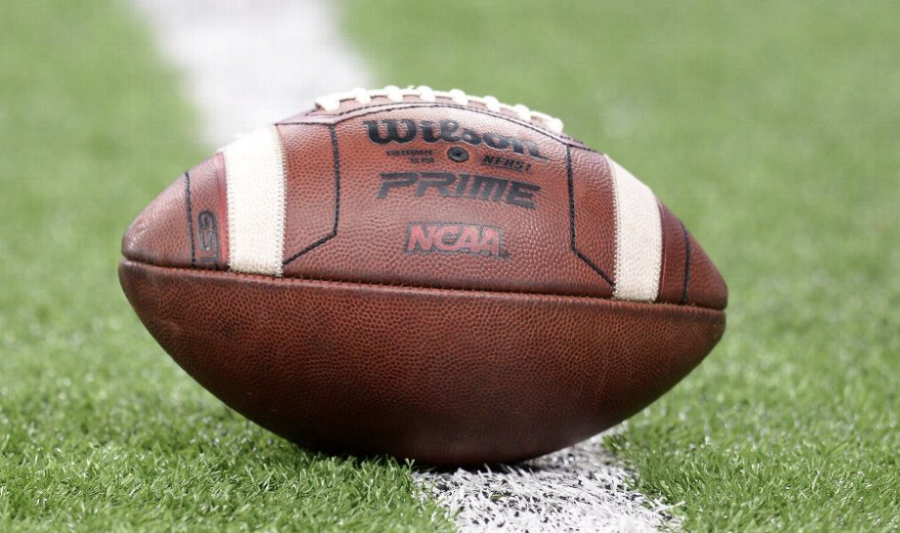Do Changes in the College Football Conferences Make Sense?
March 2, 2023
After a near fictitious college football season with a storybook ending, the landscape of college football across the country is soon to change due to mountainous movement in conference rearrangement. For years, the college football scene has been dominated by the “Power Five,” a group of five conferences consisting of the biggest perennial powerhouses known to the sport. These conferences, the BIG Ten, Big 12, PAC 12, SEC, and ACC, yearly contenders for the National Championship–these are the teams everyone loves and adores.
For the past 154 years, these conferences have been set in stone—now they are finally changing. Big 12 rivals and two of the most historic programs in all of college football, Oklahoma and Texas, will be on the move into the SEC. On top of that, USC and UCLA, historically the best two schools in the PAC 12, are squeezing into the BIG 10. On top of geographical issues surrounding the new moves, an influx of smaller Group 5 schools is moving into these Power 5 conferences.
The actions of these four schools, UCLA, USC, Texas, and Oklahoma, have destroyed the reputation of the Power 5, as there will soon be two “mega-conferences” with almost 20 of the game’s best teams while the rest of the NCAA is left out to dry in three smaller conferences. This conference change is the complete opposite of what the NCAA should be doing in order to sustain the fun and unpredictability of college sports. This channel will have the same teams in the running to win every year with no chance for any other schools.
This also ruins the geographic association between the conferences. The BIG 10, which is typically the best of the Midwest, now includes two schools from California, USC and UCLA. BIG 10 schools are known for being tough and defensively sound, as they usually play in harsh conditions, but they are welcoming two teams that play a completely different brand of football in sunny Los Angeles.
The SEC has a similar case with the inclusion of Oklahoma and Texas. Although the teams are perennial powerhouses, they rely on their explosive offenses to exploit weaker defenses of the lesser conferences. The SEC is known for having some of the greatest and most athletic teams in the history of college football. Many SEC teams are defensive-minded. These historical changes mean that “Power Five” conferences such as the PAC 12 and BIG 12 have to begin a wave of accepting smaller schools from the “Group of Five” Conferences. It will be interesting to see how these new changes will affect the quality of play within the conferences.
It’s sad to see such an amazing sporting league creating self-inflicting wounds toward the level of play just to make a pretty penny. Although lots of people are excited to see how this will further the college game, most fans and college football experts express disgust with these changes. If anything, college football should go back to a closer version of the prior conferences.
In my opinion, college football should return to the “Power Five” and “Group of Five” idea. The NCAA should consist of 12 conferences, with 12 teams in every conference, and 144 teams in total. This means you need to bring up 11 schools from the Football Bowl Series (FBS). All conferences should have a Conference Championship game on the same weekend. This allows for conference play and rivalries to continue to excite fans across the country. The playoff system should expand to a 16-team playoff, with conference champions who are ranked earning an automatic bid to the playoffs. The playoff committee will then decide on the next best four teams. This will take away some of the committee’s power to determine who will be in the championship every year.
In order to reach the 12 conferences, the NCAA should eliminate independent schools such as Notre Dame and UMass Amherst, which don’t have a conference and can play whomever they want. These teams should be spread out depending on what conference they best fit geographically. Notable independent schools like Notre Dame would join the BIG 10. The NCAA should also bring up the Ivy League Schools—Princeton, Yale, and Harvard are historically some of the best programs due to their dominance in the early years of the sport. This would bring back history to college football while also bringing relevance to the Northeast in college football. The Northeast is the only region of the country not represented with contenders for the national championship. Schools within the conference should be rearranged in a sense that makes sense geographically. That means no more USC and UCLA in the BIG 10, no more Texas, Texas A&M, and Oklahoma in the SEC.










